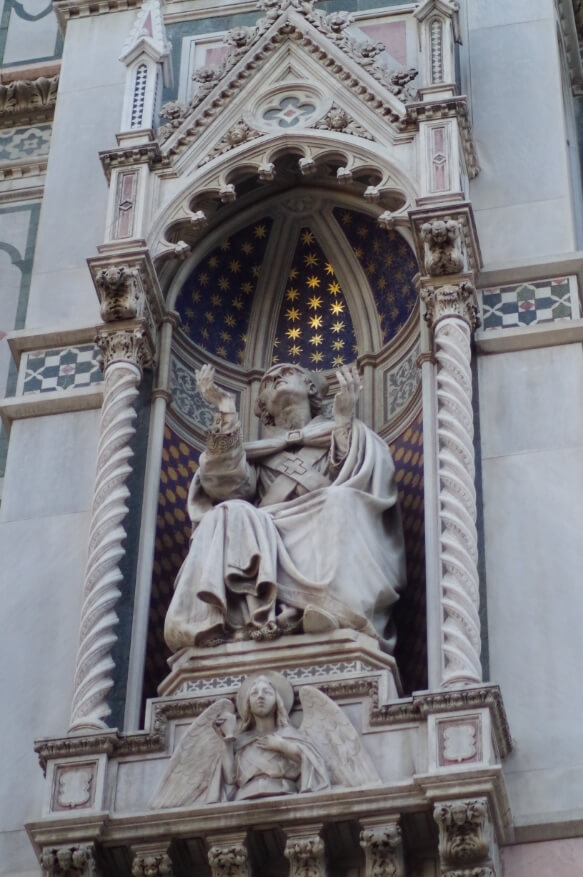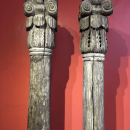Cultural tourism Island Hvar
Cultural tourism and cultural experiences attract travelers searching for authentic cultural attractions, heritage sites, museums, and unique cultural tours. With the option of online booking, visitors can easily plan journeys full of art, history, and local traditions. Discover fascinating stories, explore crafts, and connect with diverse cultures through guided tours, exhibitions, and workshops. Whether you seek inspiration, education, or unforgettable memories, cultural tourism offers enriching adventures for every traveler. Start your cultural travel today and unlock a world of timeless beauty and creativity.
Cultural tourism Island Hvar FAQ
The island of Hvar is one of the longest islands on the Adriatic. It is located in between the islands of Brac, Vis, Korcula, the Peljesac peninsula and the Makarska seaside. Just opposite the western side of the island lay the Pakleni islands.
Hvar's development has progressed throughout the years. A large number of villages are situated in the island's interior and the larger towns such as Hvar, Stari Grad, Jelsa and Vrboska are located along its coastline. All of the towns are connected by roads and visitors can reach the island by ferryboat.
Hvar has many resources some of which are tourism, agriculture (including cultivation of vineyards, olive trees, fig trees, rosemary, and lavender), fishing, and stockbreeding. Cultivation of lavender and manufacturing lavender oil, up until recently, were the island's main resource. Lavender comes to full bloom in the months of April and June and the island's many lavender plantations become filled with colour and wonderful aromas. Hvar has another tradition that has been carrying on throughout the last 100 years. It is the traditional craft of making...
Tourist offers Island Hvar
Gastronomy Island Hvar
Health Tourism Island Hvar
Active Tourism Island Hvar
Culture Tourism Island Hvar
Nightlife Island Hvar
Transfers Island Hvar
Events and entertainment Island Hvar
Excursions Island Hvar
Hotels in Island Hvar
Private accommodations in Island Hvar
Tourist resorts in Island Hvar
Holiday houses in Island Hvar
Villas with Pool in Island Hvar
Camps, mobile homes in Island Hvar
Boat rental in Island Hvar
Farm holidays in Island Hvar
Hostel in Island Hvar
Cultural tourism Island Hvar Offer





















 Professional serivce
Professional serivce Quality tourist service
Quality tourist service 14 years in business
14 years in business A large number of satisfied guests
A large number of satisfied guests